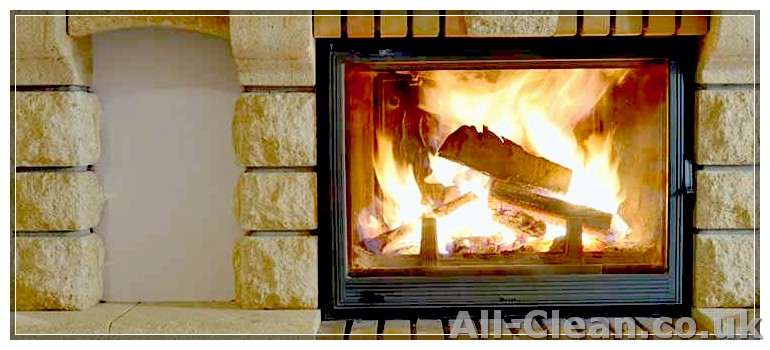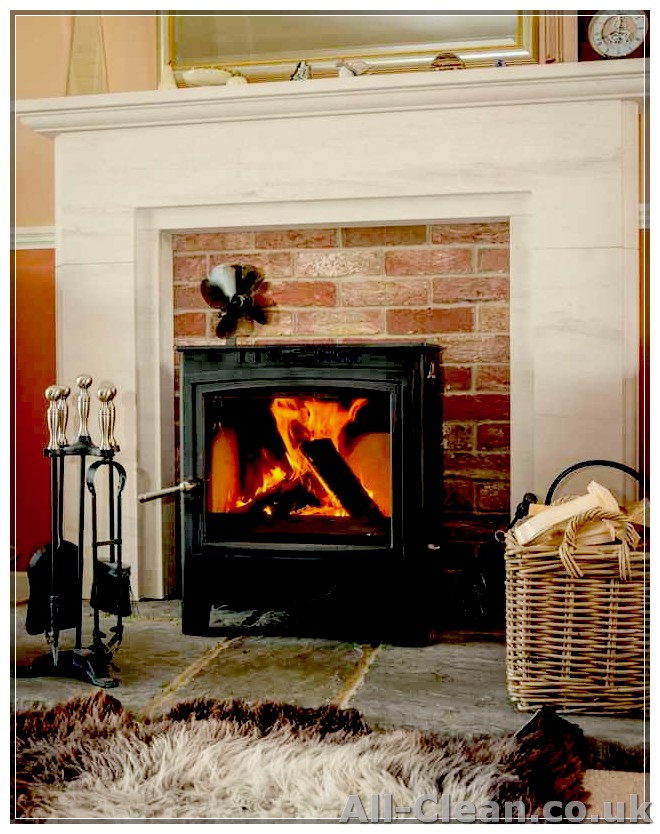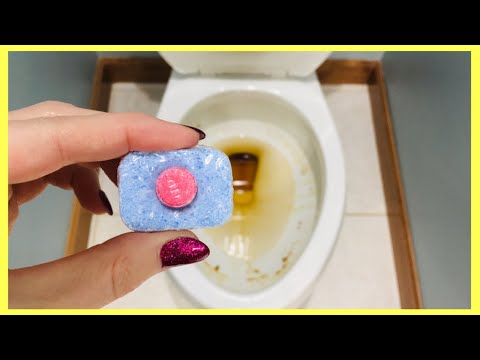
When it comes to cleaning and maintaining a limestone fireplace, homeowners often find themselves facing a unique set of challenges. Limestone is a beautiful and versatile material, but it can be easily damaged if not properly cared for.
Fortunately, there are techniques and products available that can help you keep your limestone fireplace looking its best. In this guide, we will explore the best practices for cleaning and maintaining a limestone fireplace, including tips on removing stains and protecting the surface from damage.
The first step in cleaning a limestone fireplace is to start with a good sweeping. Use a soft bristle brush or a vacuum with a brush attachment to remove any loose dirt or dust from the surface. Be sure to also clean the hearth, as this is where most of the dirt and debris tends to accumulate.
After sweeping, it is important to choose the right cleaners for your limestone fireplace. Avoid using acidic or abrasive cleaners, as these can cause damage to the limestone. Instead, opt for a neutral pH cleaner specifically designed for use on limestone. There are many limestone-specific cleaners available on the market, or you can make your own by mixing equal parts water and vinegar.
Before applying any cleaner, it is a good idea to test it on a small, inconspicuous area of the limestone to ensure that it does not cause any discoloration or damage. Once you have determined that the cleaner is safe to use, apply it to the surface using a soft cloth or sponge. Gently scrub the limestone, working in small circular motions, and then rinse with clean water.
In addition to regular cleaning, it is also important to consider sealing your limestone fireplace to protect it from stains and damage. A good quality sealer will help to prevent liquids from being absorbed into the stone, making it easier to clean up spills and reducing the risk of permanent staining.
If your limestone fireplace has already suffered some staining, don’t panic! There are techniques that can help to remove stubborn stains. One popular method is to create a paste using baking soda and water. Apply the paste to the stained area, and let it sit for about 15 minutes. Then, gently scrub the area with a soft brush or sponge, and rinse with clean water.
If the stain persists, you may need to repeat the process or try a different cleaning product. Some experts recommend using a commercial stone cleaner or a natural stone polish specifically designed for limestone. These products are often available at home improvement stores or from companies that specialize in natural stone care.
By following the expert tips and advice outlined in this guide, homeowners can effectively clean and maintain their limestone fireplaces, ensuring that they remain beautiful and free from damage for years to come.
Importance of Regular Cleaning
Regular cleaning is essential to maintain the beauty and longevity of a limestone fireplace. Without regular cleaning, dirt, soot, and other debris can accumulate on the surface, dulling its appearance and potentially causing damage over time. Here are some tips and products to help you keep your limestone fireplace clean and well-maintained.
Tips for Cleaning

- Use a soft cloth or vacuum attachment to remove loose dust and debris from the surface of the fireplace. Be careful not to use a brush or abrasive materials that might scratch the limestone.
- Seal the limestone to prevent absorption of liquids and stains. There are limestone-safe sealers available that can be applied to the surface of the fireplace to protect it.
- If a spill occurs, clean it up immediately using a mild cleaning solution. Avoid using harsh cleaners or chemicals that may react with the limestone and cause damage.
- For stubborn stains, you can try using a poultice. A poultice is a paste-like substance that is applied to the stain and left to sit for a period of time before being wiped away. There are commercially available poultices specifically designed for limestone surfaces.
Products for Cleaning

When it comes to cleaning a limestone fireplace, there are a variety of products you can use. Some homeowners find that a simple mixture of warm water and mild dish soap is sufficient for regular cleaning. Others may prefer to use specialized limestone cleaners that are formulated to effectively clean and protect the surface.
If you are unsure which product to use, it is always better to start with a mild option and test it on a small, inconspicuous area of the fireplace to ensure it does not cause any damage or discoloration.
Other Considerations

In addition to regular cleaning, there are a few other considerations you should keep in mind to maintain the beauty and longevity of your limestone fireplace:
- Avoid using abrasive materials, such as sandpaper or steel wool, as they can scratch the surface of the limestone.
- If you have a fireplace hearth, it is important to clean it regularly as well. Use a soft cloth or a vacuum to remove any debris.
- If you have limestone floors or other surfaces in your home, be sure to follow the appropriate cleaning instructions for those as well. Different limestone surfaces may require different cleaning methods or products.
- If you are unsure about how to clean your limestone fireplace or have concerns about its condition, it might be best to consult a professional stone care specialist or contact the manufacturer or bureau that supplied the limestone to ensure it is being cared for in the best possible way.
By following these tips and regularly cleaning your limestone fireplace, you can keep it looking beautiful for decades to come.
Step-by-Step Cleaning Process
- First, gather all the necessary cleaning supplies before starting the cleaning process.
- Put on appropriate clothing and protective gear, such as gloves and safety goggles, because cleaning limestone can be a messy and potentially hazardous task.
- Begin by immediately wiping up any spills or stains on the limestone fireplace to prevent them from being absorbed into the stone.
- Before cleaning the actual fireplace, make sure to protect the surrounding flooring by covering it with plastic or using a drop cloth.
- Start by removing any loose debris from the fireplace by brushing or vacuuming it with a soft brush attachment.
- Next, prepare a cleaning solution by mixing warm water with a mild detergent or a limestone-specific cleaner. Avoid using harsh chemicals or acidic cleaners, as they can damage the stone.
- Dampen a soft cloth or sponge with the cleaning solution and gently wipe down the entire surface of the fireplace, paying extra attention to areas with dirt or grime buildup.
- For stubborn stains or hard-to-reach areas, create a poultice by mixing baking soda with water to form a thick paste. Apply the poultice to the stained area, cover it with plastic wrap, and let it sit for several hours or overnight. Then, remove the poultice with a soft brush and rinse the area with clean water.
- After cleaning, rinse the fireplace with clean water to remove any cleaning residue.
- Dry the fireplace thoroughly with a clean, dry cloth.
- If desired, apply a limestone polish or sealer to enhance the appearance and protect the stone from future stains and damage.
- Finally, clean up the surrounding area, remove the plastic or drop cloth, and dispose of any cleaning materials properly.
By following these step-by-step instructions, you can clean your limestone fireplace efficiently and effectively, ensuring its beauty and durability for years to come.
Common Mistakes to Avoid
When it comes to cleaning a limestone fireplace, there are some common mistakes that you should avoid:
- Don’t bring regular household cleaning products: Limestone is a delicate and porous material, and using harsh chemicals can cause damage and discoloration.
- Avoid using a vacuum cleaner: While it might seem like a quick and easy way to remove dust and debris, the suction of a vacuum cleaner can scratch the surface of limestone.
- Avoid using a solution with vinegar: Vinegar is acidic in nature and can react with the calcium carbonate in limestone, leading to etching and damage.
- Don’t frequently use poultices: Poultices are commonly used to remove stains, but using them too frequently can lead to discoloration and harm the limestone surface.
- Avoid wiping spills without a poultice: If you wipe spills directly on the limestone surface, it can cause stains to seep in because of the stone’s porous nature. Always use a poultice to properly lift and remove the spill.
- Don’t start cleaning without expert advice: If you’re unsure about the appropriate cleaning methods or have tough stains, it’s best to seek guidance from a professional who specializes in limestone care. They have the expertise and knowledge to handle your specific situation.
- Avoid using abrasive materials or scrubbing too hard: Scrubbing the limestone surface aggressively or using abrasive materials can lead to scratches and damage.
- Don’t skip sealing the surface: Sealing your limestone fireplace is an important step to protect it from stains and spills. It helps maintain its beauty and extends its lifespan.
- Avoid selecting the wrong cleaning product: Always consider using a cleaning product specifically designed for limestone surfaces. Using the wrong product can lead to damage and won’t effectively clean the fireplace.
In conclusion, when caring for your limestone fireplace, it’s important to avoid these common mistakes. Taking good care of your fireplace will ensure its longevity and keep it looking beautiful.
Special Tips: How to Clean Spills Immediately
When it comes to cleaning spills on your limestone fireplace, it’s important to act quickly to prevent any potential damage or discoloration. Here are some special tips to help you clean spills efficiently and effectively:
- Act immediately: As soon as a spill occurs on your limestone fireplace, start by gently dusting off any loose dirt or debris with a soft cloth or brush. This will help prevent the spill from spreading or penetrating the stone surface.
- Use a safe cleaner: It’s important to choose a cleaner that is safe for limestone and will not cause any harm or damage. Avoid using bleach or other harsh chemicals, as they can etch or discolor the stone. Instead, opt for a mild soap or a specific limestone cleaning product.
- Wipe spills away: If the spill is small and localized to a specific area, simply wipe it away with a damp cloth or sponge. Make sure to blot the spill instead of scrubbing, as scrubbing can damage the limestone surface.
- Protect delicate floors: If the spill has occurred on a delicate floor material, such as wood or vinyl, be cautious when cleaning the spill to avoid scratching or damaging the floor. Place a towel or other protective material underneath the fireplace area before cleaning.
- Pay attention to stubborn stains: If a spill has left behind a stubborn stain, you may need to use a vinegar solution. Mix equal parts vinegar and water, and apply it to the stain using a soft cloth or sponge. Let it sit for a few minutes before rinsing with clean water. If the stain persists, consult an expert or a professional cleaner for additional assistance.
- Consider using poultices: For particularly stubborn stains, you can create a poultice by mixing baking soda and water to form a paste. Apply the paste to the stain, cover it with plastic wrap, and let it sit overnight. The poultice will draw out the stain from the limestone surface.
- Sealing the limestone: To prevent future spills from penetrating the limestone surface, consider sealing the stone. This will create a protective barrier and make it easier to clean spills in the future. Consult an expert or the founder of a limestone cleaning or sealing company for guidance on the best sealer to use.
By following these special tips, you can ensure that spills on your limestone fireplace are cleaned quickly and effectively, protecting the beauty and integrity of the stone.








